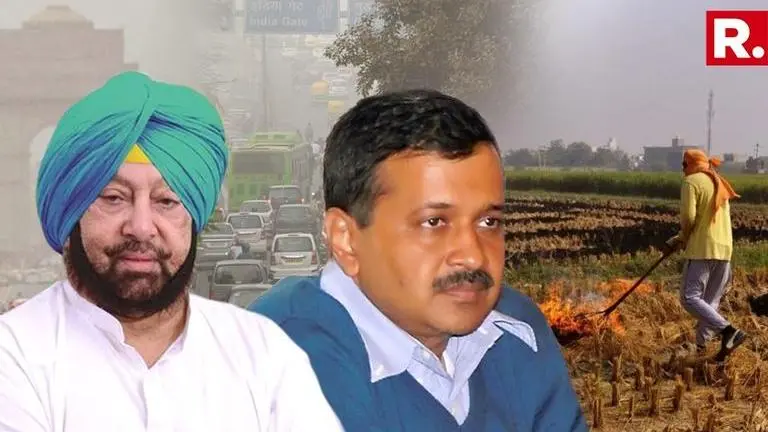Updated 16 October 2018 at 11:09 IST
Punjab CM Advises Farmers To Abide By NGT Laws On Stubble Burning
Punjab Chief Minister Captain Amarinder Singh on Monday, October 15 extended his sympathies with the farmers of the state over the prohibition on stubble burning but told them that the National Green Tribunal (NGT) laws must be followed
- India News
- 0 min read

Punjab Chief Minister Captain Amarinder Singh on Monday, October 15 extended his sympathies with the farmers of the state over the prohibition on stubble burning but told them that the National Green Tribunal (NGT) laws must be followed.
Addressing a press conference in Chandigarh, Singh said, "This is a law of National Green Tribunal. My sympathies are with the farmers, but the law is law and the law must take its course. I have written twice to the Prime Minister, Agriculture Minister and the Food Processing Industries Minister to compensate farmers who do not burn stubble with an additional Rs 100 per quintal."
Singh further stated that if the Centre does not provide Rs 100 per quintal compensation to the farmers, it will be difficult to control stubble burning. Although many farmers have stopped burning stubble as they have resorted to converting it into biofuel, the practice still, to a limited extent, remains active in the state, the chief minister added.
As autumn sets in, bringing along with it the harvesting period for Kharif crops, the increasing cases of stubble burning in Punjab and Haryana are worsening the air pollution crisis in New Delhi and the neighboring National Capital Region. This, in turn, has necessitated the NGT to implement strict norms on the burning of stubble.
Advertisement
However, farmers in Punjab on Saturday, October 13 claimed that industries and vehicles majorly contribute to air pollution and not stubble burning.
The air quality in New Delhi and its surrounding areas continued to remain poor on Tuesday, October 16 according to the data released by the National Air Quality Index (AQI). The condition is likely to remain the same and may even worsen in the next 24 to 48 hours.
Advertisement
The latest data, on Tuesday, October 16 shows major pollutants at PM 2.5 and PM 10 at 214 and 255 in the national capital's Lodhi Road area, which is considered to be poor. The carbon monoxide level, on the other hand, was moderate as per the data.
Anand Vihar (average AQI of 592), NSIT Dwarka (221), and Jahangirpuri (251) are the other areas in the national capital that are experiencing high deterioration in air quality. The AQI between the range of 51 to 100 is considered as satisfactory, 101-200 is moderate, 201-300 comes under the poor category, whereas 401-500 range is severe.
Compared to Monday's AQI level which was PM 2.5 and PM 10 at 168 and 224 (hazardous), the air quality did not show any significant improvement. Continual exposure to such poor quality air can increase the risk of respiratory illness among others.
Other major cities in the North, too, are not spared either. In cities like Lucknow (AQI of 182), Agra (187), and Noida (297), the air quality continued to hover around the category of unhealthy and poor.
Published By : Asia News International
Published On: 16 October 2018 at 11:09 IST
